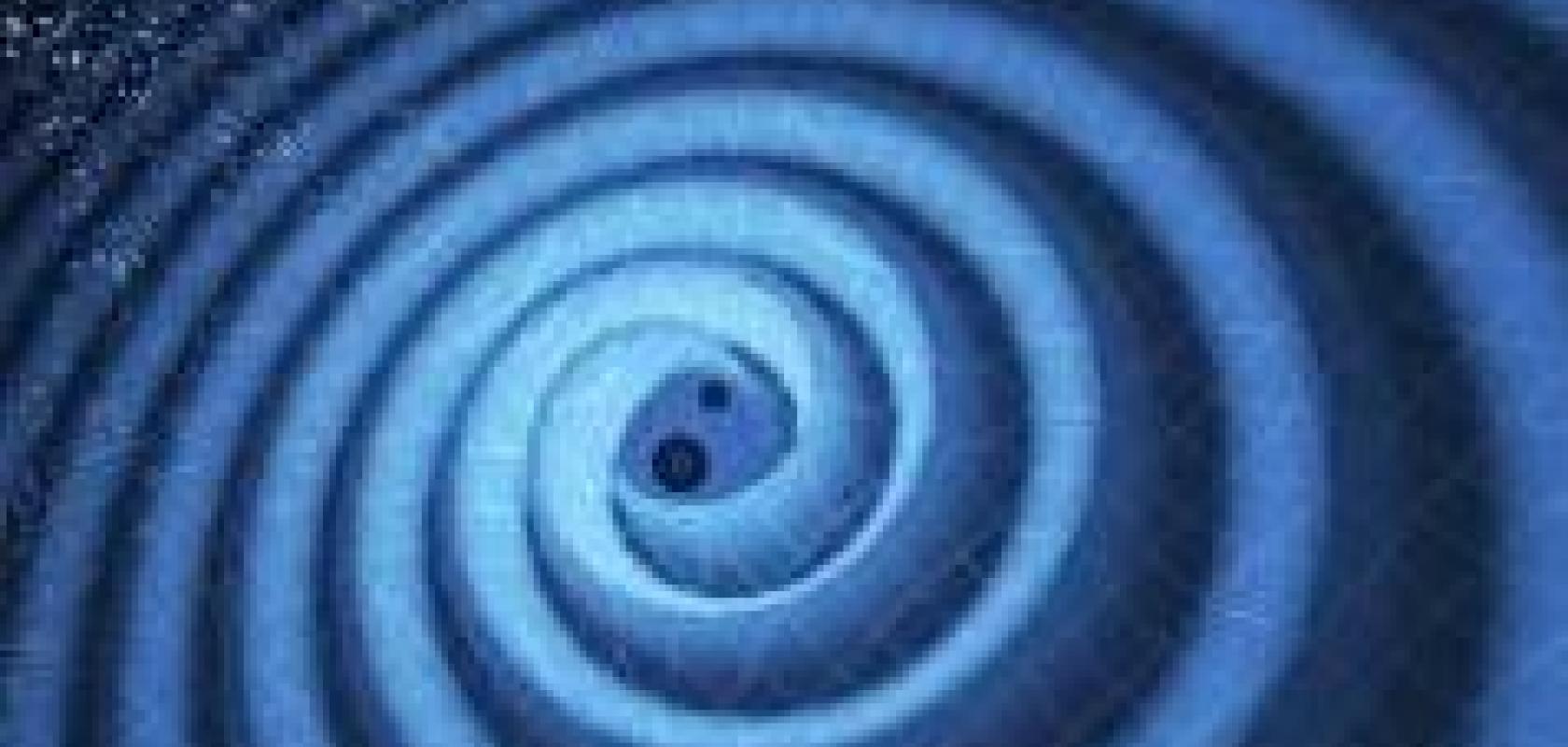A global network of gravitational wave observatories will be upgraded to almost double its sensitivity, the lead science funding agencies of the United Kingdom and United States announced today.
Technology improvements arising from the project are expected to include quantum optics, quantum information theory, materials science, optical technology, precision metrology and physical standards.
The US$30 million Advanced LIGO Plus (ALIGO+) project will improve the two existing Laser Interferometer Gravitational wave Observatories (LIGO) in the United States, and will be included as standard in the new LIGO India facility from the mid-2020s.
The US National Science Foundation is providing $20.4 million funding for ALIGO+, and UK Research and Innovation (UKRI) £10.7 million ($14.1 million), with additional support from the Australian Research Council.
NSF Director France Córdova said: 'This award ensures that LIGO, which made the first historic detection of gravitational waves in 2015, will continue to lead in gravitational wave science for the next decade. With improvements to the detectors - which will include techniques from quantum mechanics that refine laser light and new mirror coating technology - the twin LIGO observatories will significantly increase the number and strength of their detections.'
Advanced LIGO Plus will reveal gravity at its strongest and matter at its densest in some of the most extreme environments in the cosmos. 'These detections may reveal secrets from inside supernovae and teach us about extreme physics from the first seconds after the universe's birth,' Córdova added.
UK Research and Innovation chief executive, Professor Sir Mark Walport, said: 'In confirming the existence of gravitational waves, the LIGO project generated unique insights into the nature of our universe and fuelled world-wide interest in science. This Nobel-winning project also illustrated the importance of international collaboration in research.'
The enhanced capabilities afforded by ALIGO+ are expected to illuminate the origins and evolution of stellar-mass black holes, allow precision tests of extreme gravity, enable detailed study of the equation of state of neutron stars, and permit new tests of cosmology, including fully independent constraints on the Hubble constant.
Professor Sheila Rowan is director of the Institute for Gravitational Research at the University of Glasgow, and chair of the international scientific oversight group for gravitational wave research.
She said: 'If a normal telescope "sees” the Universe, LIGO is akin to ‘hearing’ the Universe. The improved sensitivity from ALIGO+ will allow us to better understand what the Universe is telling us, information that we’ve been unable to hear until now.'
UKRI funding is provided through its Science and Technology Facilities Council (STFC), from the Fund for International Collaboration.
Gravitational waves are ripples in space caused by massive cosmic events such as the collision of black holes or the explosion of supernovae. They are not electromagnetic radiation, and as a result were undetectable until the technological breakthroughs at LIGO enabled in part by UK technology.
At each LIGO site, twin laser beams are transmitted down two four-kilometre long tubes kept under a near-perfect vacuum, and arranged as an L-shape. The beams are reflected back down the tubes by mirrors precisely positioned at the ends of each arm.
As a gravitational wave passes through the observatory, it causes extremely tiny distortions in the distance travelled by each laser beam.
As a result of the UK-built systems which hold the mirrors in place, a distortion of just one-ten-thousandth the diameter of a proton can now be measured – not only enabling the detection of gravitational waves for the first time, but also making LIGO the most sensitive measuring instrument ever.
In the UK, the ALIGO+ project will involve the Universities of Glasgow, Birmingham, Cardiff, Strathclyde and STFC’s Rutherford Appleton Laboratory.
The UK is also supporting the construction of a third LIGO detector, in India. LIGO-India is expected to become operational at about the same the time as ALIGO+ in 2025, with the design changes included from the start. This will form a global network of five detectors – the others being in Italy and Japan.
A recent UK spinout from this work has been the development of a ‘nanokicking’ technique that takes sophisticated measurement technology, based on the laser interferometer systems designed in the UK for the recent Nobel Prize-winning gravitational wave detection, to turn stem cells into bone cells. Clinical trials are now taking place in Scotland to apply nanoscale vibration to patients with spinal injuries in an attempt to slow down and reverse the effects of a condition called ‘disuse osteoporosis’ by turning stem cells in to healthy bone.
Related stories
Gravitational-wave astronomy: opening a new window on the cosmos Professor Martin Hendry from the University of Glasgow, whose team helped construct the LIGO facilities, discusses the work that preceded last year's discovery and what the future holds for the field of gravitational-wave astronomy
Astronomy on a chip Professor Dr Martin Roth, at research centre Innofspec Potsdam, discusses the role that fibre Bragg gratings and other photonics components could play in transforming astronomy
The sound of colliding black holes Greg Blackman listens in to Professor Dr Karsten Danzmann giving his plenary session on gravitational wave astronomy at Photonics West


